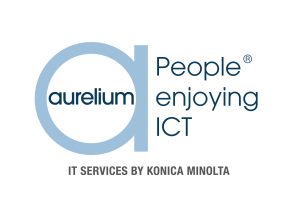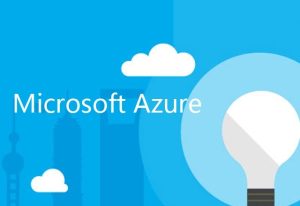 We’re happy to announce a new free ebook – Introducing Microsoft System Center 2012 R2 by Mitch Tulloch with Symon Perriman and the System Center Team.
We’re happy to announce a new free ebook – Introducing Microsoft System Center 2012 R2 by Mitch Tulloch with Symon Perriman and the System Center Team.
DOWNLOAD LINKS
Download the PDF – here
Download the Mobi file for Kindle – here
Download the ePub file – here
Introduction
Microsoft System Center is one of the three pillars of Microsoft’s Cloud OS vision that will transform the traditional datacenter environment, help businesses unlock insights in data stored anywhere, enable the development of a wide range of modern business applications, and empower IT to support users who work anywhere while being able to manage any device in a secure and consistent way. The other two pillars of the Cloud OS are, of course, Windows Server 2012 R2 and Windows Azure, and Microsoft Press has recently released free Introducing books on these platforms as well.
Whether you are new to System Center or are already using it in your business, this book has something that should interest you. The capabilities of each component of System Center 2012 R2 are first described and then demonstrated chapter by chapter. Real-world and under-the-hood insights are also provided by insiders at Microsoft who live and breathe System Center, and those of you who are experienced with the platform will benefit from the wisdom and experience of these experts. We also included a list of additional resources at the end of each chapter where you can learn more about each System Center component.

.png)
.png)








 Get Your Microsoft Trainings here:
Get Your Microsoft Trainings here:
